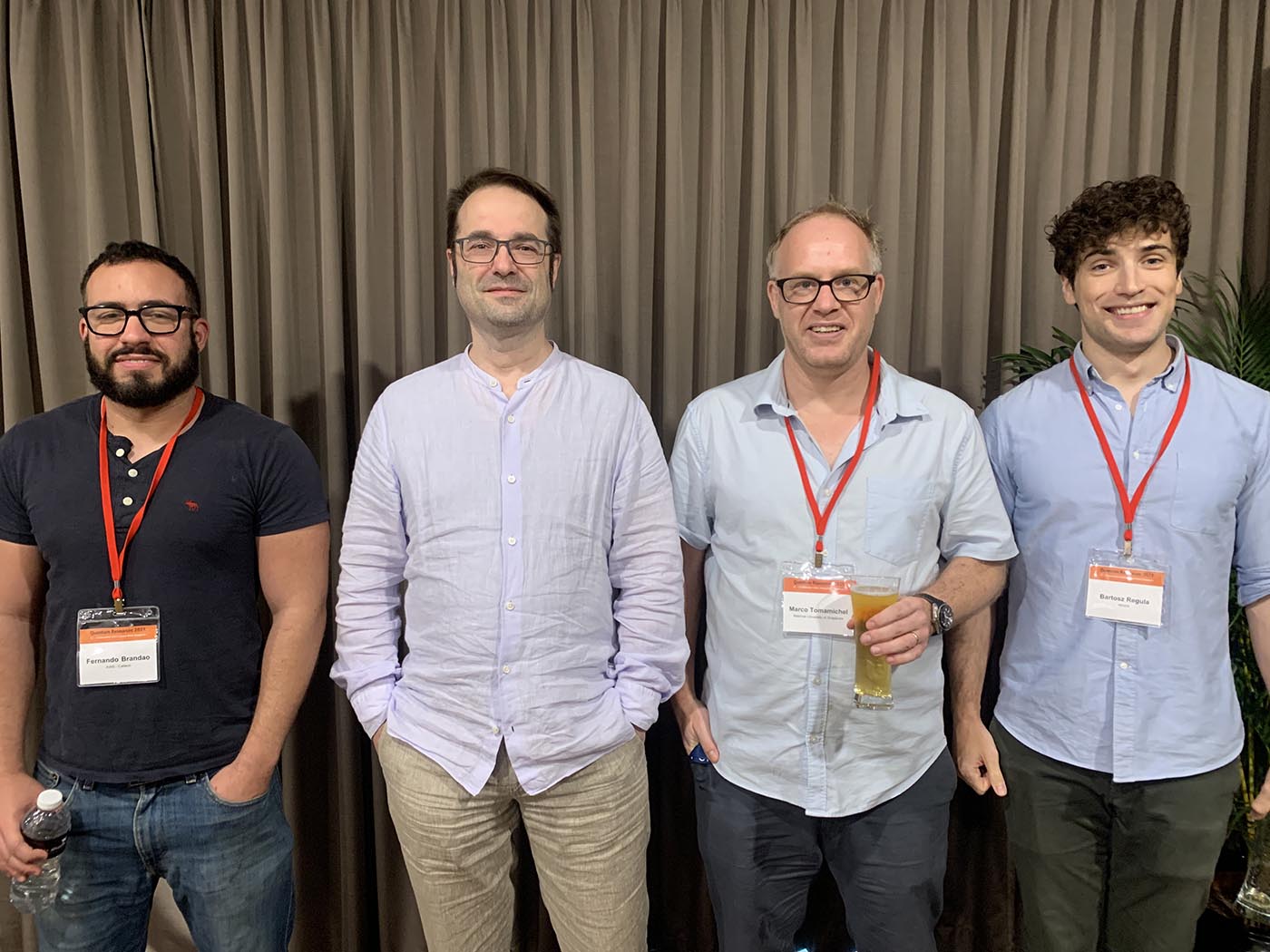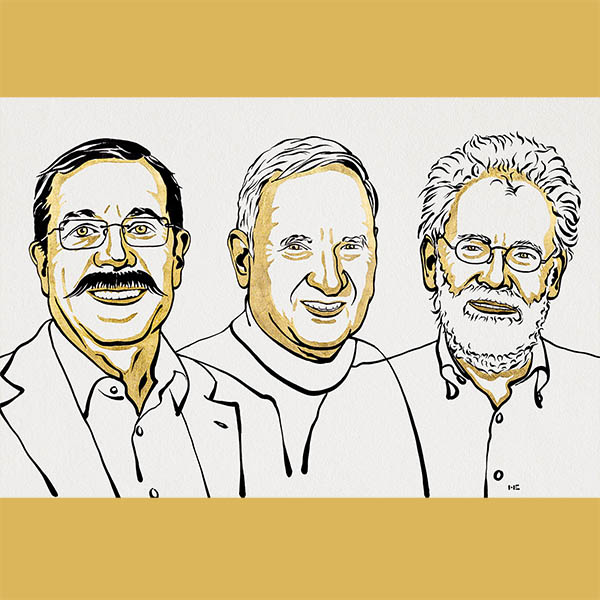Highlights
Flawed proof rocks quantum information theory
 The proof of the generalised quantum Stein’s lemma has a gap. Image credit: Shutterstock.com/randy andy
The proof of the generalised quantum Stein’s lemma has a gap. Image credit: Shutterstock.com/randy andy
The discovery of a flaw in the proof of a 15-year-old lemma has rocked the community of researchers who study quantum information. Results that built on the finding are also broken.
A small prize is on offer to anyone who can recover the original proof, although efforts so far have been unsuccessful.
“It has set back a little our understanding of entanglement,” says CQT Principal Investigator Marco Tomamichel, an Associate Professor at the NUS Department of Electrical and Computer Engineering, who found the mistake. He has been working to spread news of the problem and explore its consequences with a team of international experts that includes the researchers behind the original proof.
Most recently, the team has authored a comment article in Nature Physics that describes the status quo. This was published on 22 December 2023. It follows a technical paper in the journal Quantum published in September and a presentation at the international conference on Quantum Information Processing (QIP) in Ghent, Belgium, in February.
Reversibility for entanglement
Marco noticed the flaw in the proof of what’s known as the ‘generalised quantum Stein’s lemma’ in 2021 when he was working on a related topic in quantum information. “An error can be very difficult to see when you have a whole complex proof in front of you, but once you find it, it's obvious,” he says.
The generalised quantum Stein’s lemma was first introduced by researchers Fernando Brandão and Martin Plenio in 2008. It established a deep connection between the reversibility of operations involving quantum entanglement and the ease with which quantum states can be distinguished from each other, which is a problem called quantum hypothesis testing.
In particular, the researchers thought they had found conditions that determined when approximately non-entangling operations on a quantum state would be reversible. Reversibility in this context means the amount of entanglement used in creating the state would be the same as the amount that could be extracted from it.
The condition was that a measure called the ‘regularised relative entropy of entanglement’, calculated from properties of the quantum state, is kept constant throughout the operations. What’s more, they claimed this measure naturally emerged from a problem in quantum hypothesis testing.
Now the proof has fallen, the operational meaning of this measure is unclear. It also calls into question whether an entangled quantum state, once acted upon, could eventually be changed back without lost resources. A reversible theory of entanglement may simply not exist.
The manipulation of entanglement and identification of quantum states are important in quantum information technologies, but the immediate impact of this work is for researchers’ fundamental understanding of the connection. It does not have any direct practical implications.
Not a glaring error
It's not unheard of that errors are found in published work. “The theory has reached a level of complexity where it is very difficult to verify certain proofs and the reviewing process is not always sufficient to ensure correctness,” adds Marco.
Fernando Brandão and Martin Plenio had first presented their findings at a plenary talk at QIP in 2008. Their paper containing the proof – running to more than 30 pages – was finally published in 2010. While the work was important enough that it became a foundation other researchers built from, it was also so technical and dense that it was difficult to follow.
Marco spotted the problem not in this original paper but in a more recent, simplified restatement of the proof by researcher Gilad Gour at the University of Calgary, Canada, and his colleagues. Marco was studying their work with collaborator Mario Berta at the RWTH Aachen University in Germany, hoping to borrow methods to tackle a different problem in hypothesis testing. When he found something in the restatement that didn’t make sense, they traced it back to the original work.
What turned out to be missing was one forgotten factor – a Lagrange multiplier – in one lemma over one hundred equations into the paper.
A stone and a pickaxe
“This should be an encouragement for graduate students and junior researchers who are grappling with understanding proofs that are an important part of their work. It might not be just that they don't understand, it might actually be that they discovered a mistake,” says Marco, who sees the saga as a good example of how science is supposed to work. The next generation of researchers scrutinising their predecessor’s work is an important part of the scientific process. He notes the community response has also been healthy.
 Some of the coauthors met at the Quantum Resources 2023 workshop held in Singapore in December, where the status of reversibility in entanglement theory was a topic of several talks. Pictured from left to right are Fernando Brandão, Martin Plenio, Marco Tomamichel and Bartosz Regula.
Some of the coauthors met at the Quantum Resources 2023 workshop held in Singapore in December, where the status of reversibility in entanglement theory was a topic of several talks. Pictured from left to right are Fernando Brandão, Martin Plenio, Marco Tomamichel and Bartosz Regula.
Marco and Mario took the concern to Gilad and then on to Fernando and Martin, who are now at the AWS Center for Quantum Computing in California, US, and the University of Ulm in Gemany, respectively. Researchers Bartosz Regula at RIKEN’s Center for Quantum Computing in Japan and Ludovico Lami at the University of Amsterdam, The Netherlands, also joined the effort to check which results that built on the original lemma survive using an alternative proof.
Altogether, these seven authors wrote the first paper “On a gap in the proof of the generalised quantum Stein's lemma and its consequences for the reversibility of quantum resources”.
When this was released as a preprint on arXiv in May 2022, the Ulm group put up a prize. On X, the social media platform previously called Twitter, the team posted: “Since there is a conjectured quantum Stein’s lemma to prove, a prize is in order. Hier ist ein Stein from Ulm, which we figured is the most appropriate prize. It will be delivered to the first person to provide a complete proof of Conjecture 2 here https://arxiv.org/abs/2205.02813”. (Stein is German for stone.)
Failure to reprove the lemma could prove interesting too. “A negative resolution of the conjecture, on the other hand, would carry a flurry of consequences of its own, notably reinvigorating the questions of whether general quantum resources can be reversibly manipulated whatsoever,” wrote the paper’s authors.
On X, Marco replied to the prize offer: “I will happily sponsor a pick axe in case the Stein needs to be broken because the conjecture is provably false!”. Either prize, stone or pickaxe, can still be claimed.
Learn more
Related Stories
 | Nobel Prize in Physics awarded for quantum entanglement October 06 2022 |
 | CQT welcomes three new Principal Investigators: Meet Marco Tomamichel May 20 2020 |






